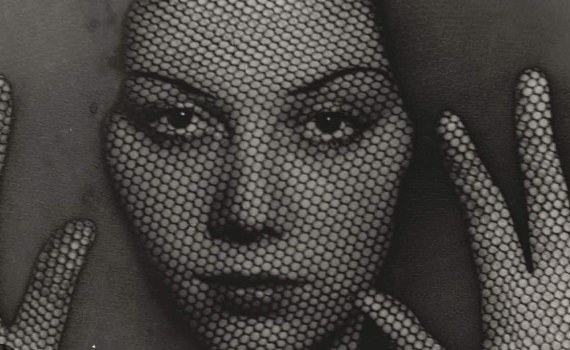In my headshots I am going to use a range of photographers to inspire my work so that I can make my images more appealing to viewers, more creative and look more professional.
Thomas Ruff: Artist Research
I would like to use inspiration from Thomas Ruff’s work as his images resemble a passport photo using the deadpan aesthetic. This would be the criteria for his subjects.
- Eyes must be open and clearly visible, with no flash reflections and no ‘red eye’
- Facial expression must be neutral (neither frowning nor smiling), with the mouth closed
- Photos must show both edges of the face clearly
- Photos must show a full front view of face and shoulders, squared to the camera
- The face and shoulder image must be centred in the photo; the subject must not be looking over one shoulder (portrait style), or tilting their head to one side or backwards or forwards
- There must be no hair across the eyes
- hats or head coverings are not permitted except when worn for religious reasons and only if the full facial features are clearly visible
- Photos with shadows on the face are unacceptable
- Photos must reflect/represent natural skin tone
I personally like this technique of headshots as they look extremely formal, very clean and you can see every part of their face without having to make the detailing photographers are pressured to do to make it unique which makes it bland but appealing as it is different. However, no facial expressions, no accessories and no background may make it difficult for the viewer to understand and read the model as who they are or what the image is about itself. Therefore, this technique is very controversial but I personally like its features no matter the value.
RUFF’S IMAGES
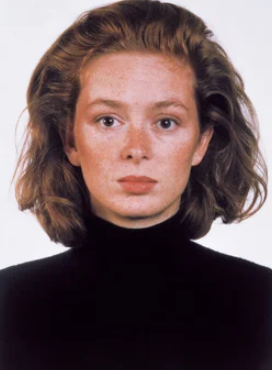
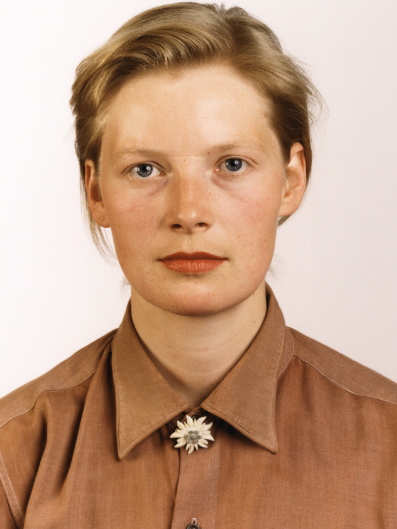
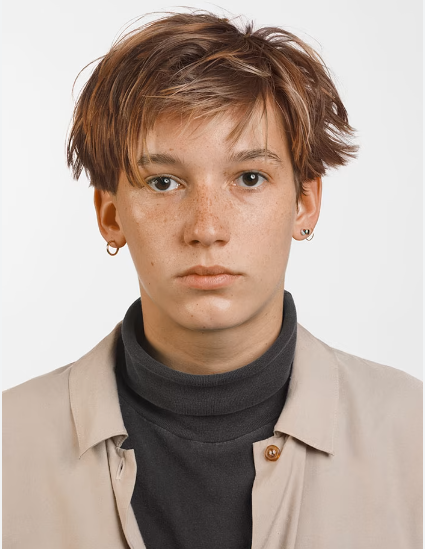
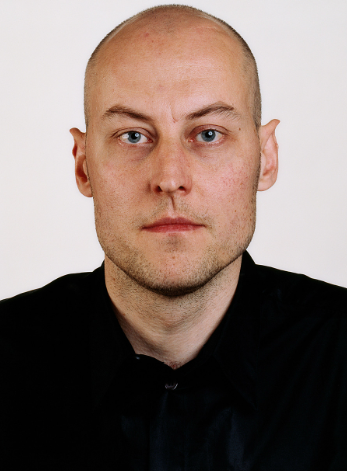
The Deadpan Aesthetic
The word “Deadpan” can be traced to 1927 when Vanity Fair Magazine compounded the words dead and pan, a slang word for a face, and used it as a noun. In 1928 the New York Times used it as adjective to describe the work of Buster Keaton, however Thomas Ruff familiarised himself with this aesthetic i his work too.
Deadpan photography shows people in their natural state, emotionless and detached. These subjects are not posed, are not dressed up for the occasion, and seem completely honest. I really like this aspect because it gives a tone of authenticity to the work and broadcasts people in the real world truthfully.
This style originated in Germany and is descended from Neue Sachlichkeit, New Objectivity, a German art movement of the 1920s that influenced the photographer August Sander who systematically documented the people of the Weimar Republic.
Deadpan portraits are typically shot in a straightforward, uncontrived manner. The photographer does not use any special angles, lighting, or props to create an emotional or dramatic effect. Instead, the subject is simply captured as they are, in their natural environment.
In my work, I could use coloured gels to add more life and saturation into the image as my subjects will be emotionless.
Bruce Gilden:
Bruce Gilden is an American street photographer. He is best known for his candid close-up photographs of people on the streets of New York City, using a flashgun. He has had various books of his work published, has received the European Publishers Award for Photography and is a Guggenheim Fellow.
Bruce Gilden is one of the most iconic street photographers known for his confrontational and graphic images of a close-up subject. His work is around this due to being fascinated by the life on the streets and the complicated and captivating motion it involves in his childhood. His work has a high degree of intimacy and directness which have become signature in his work called FACE. Typically, people used are not the average person and have blemishes or look uncomfortable/awkward. Many people may say he is the most aggressive street photographer due to the rawness and realness of his images.
I like this aspect of his work because once again it documents the reality of life on the streets of places such as America, Great Britain, and Colombia during 2012-14
Personally, I like these images as they keep natural and realistic without using texture to make them look smoother. This could link to social media effect and how society is not realistic whereas his photos remind everyone they are.
Gilden’s Images

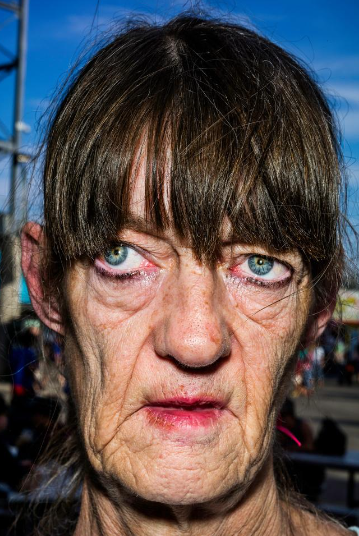
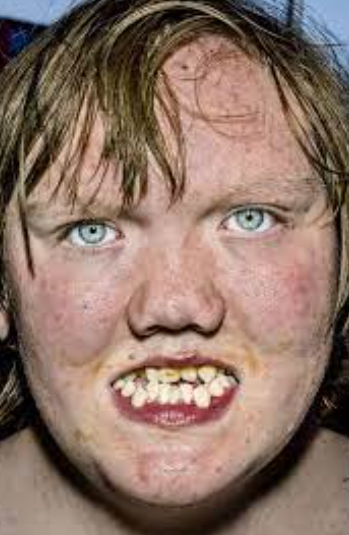
Man Ray:
Man Ray took multi exposure photographs which is something that greatly intrigues me in my work as they provide a great sense of mystery to the viewer and have a large sense of detailing to eye catch the viewer. I also personally feel that the images this technique creates can resemble identity depending on how the subject is represented, such as this:
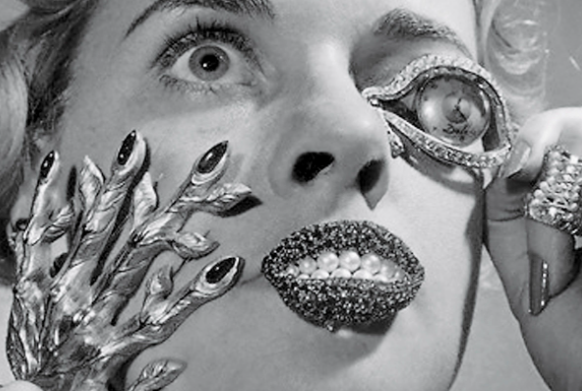
Usually, to take multi-exposure photographs you:
- Take your first photo. The camera shutter opens to expose the film to one image, then closes.
- Rewind the film and take your second photo.
- Develop both images in one photo
